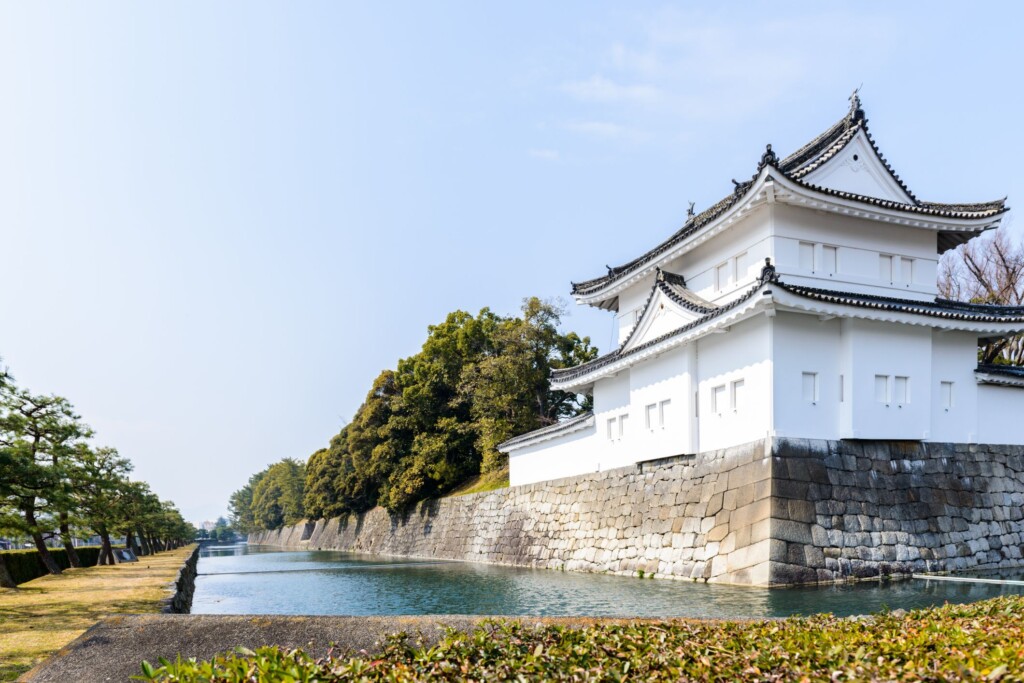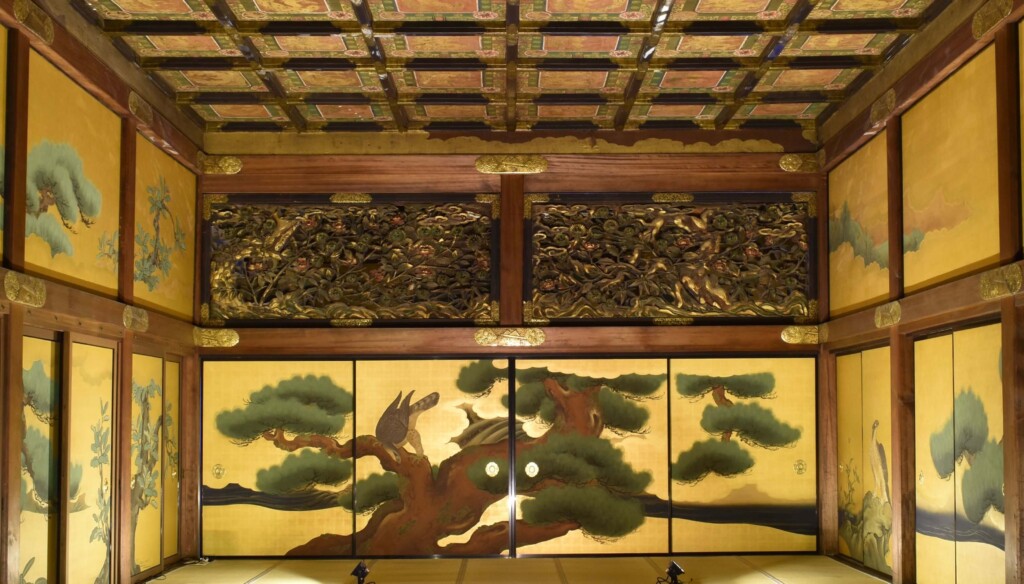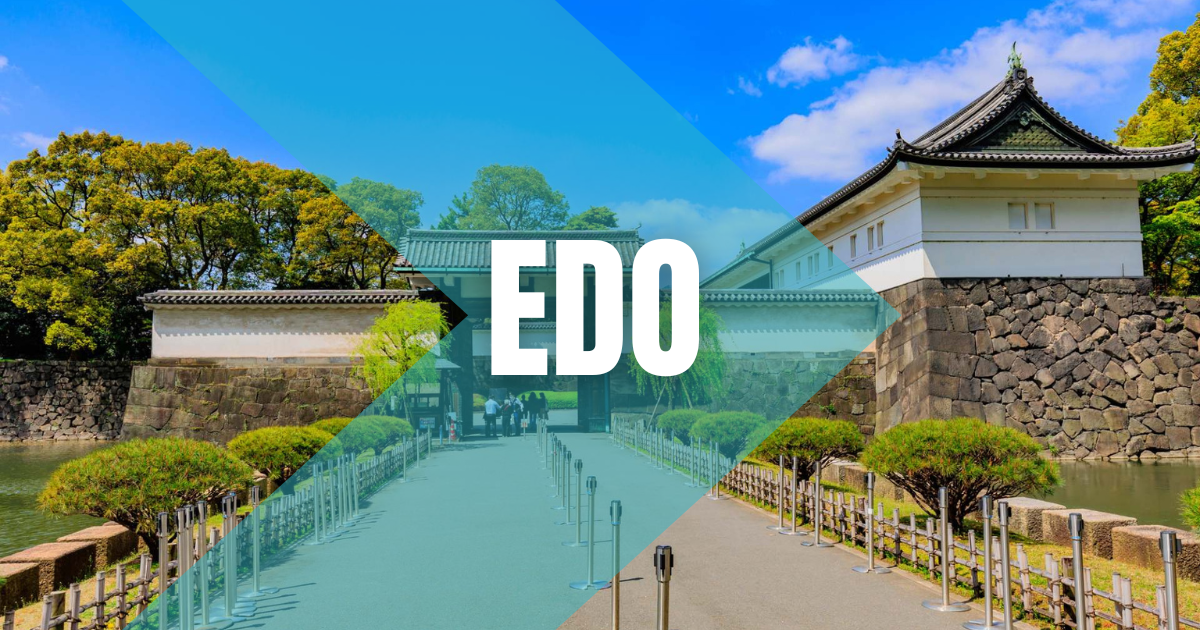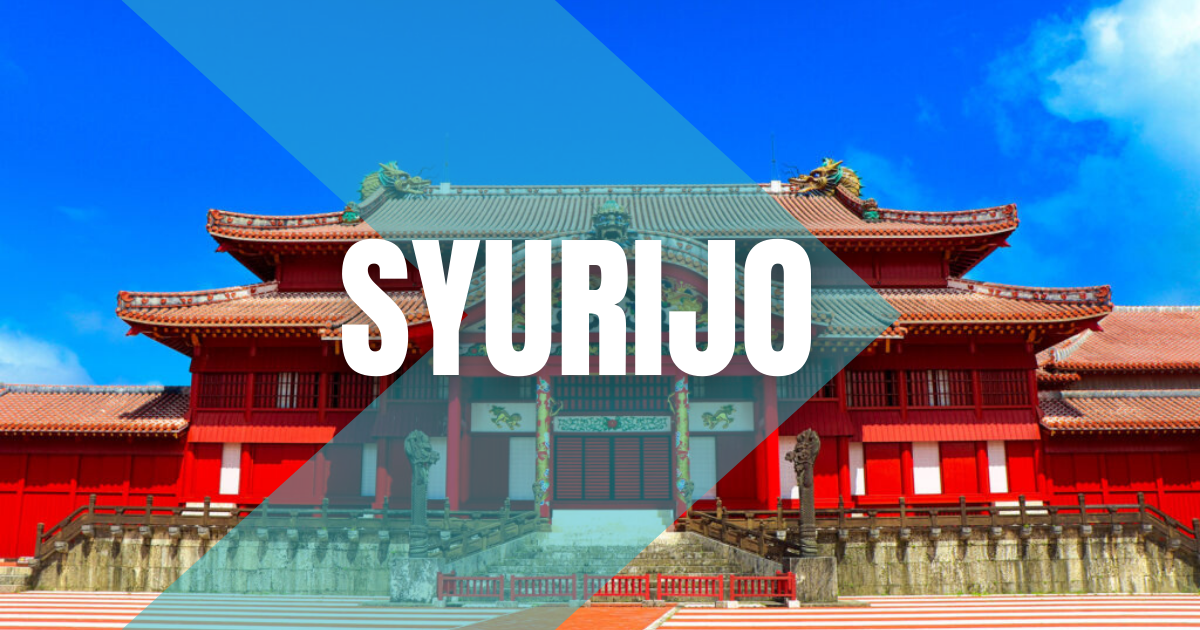Discover the Timeless Beauty of Nijo Castle: A Guide for International Travelers
Introduction
Nijo Castle, one of the most exquisite Japanese Castles, stands as a testament to the grandeur of Samurai Castles and Japan’s rich history. Located in the heart of Kyoto, this magnificent fortress is a must-visit destination for those interested in Japan Historical Sites and the Best Castles in Japan. This Japanese Castle Guide will take you through the fascinating history, stunning gardens, and unique experiences awaiting you at Nijo Castle.
| Official site | https://nijo-jocastle.city.kyoto.lg.jp/?lang=en |
| Address | 541 Nijojo-cho, Nakagyo-ku, Kyoto-shi, Kyoto |
| Entry Fee | 1300yen |
Overview of Nijo Castle
Nijo Castle, or Nijo-jo, was constructed in 1603 as the residence of Tokugawa Ieyasu, the first shogun of the Edo period. As a prominent example of Samurai Castles, it showcases the power and elegance of the Tokugawa shogunate. The castle complex consists of two concentric rings of fortifications, Honmaru (the main circle of defense) and Ninomaru (the secondary circle of defense), both of which are surrounded by beautiful gardens and water-filled moats.

The History and Origins of Nijo Castle
The Background of Nijo Castle’s Construction
Nijo Castle was built during a period of great political change in Japan. In 1603, Tokugawa Ieyasu established the Tokugawa shogunate, marking the beginning of the Edo period. The castle was constructed as a demonstration of the shogun’s power and as a residence during his visits to Kyoto. The choice of Kyoto, the imperial capital, was strategic, symbolizing the shogunate’s control over the emperor and the nation.
The castle’s architecture reflects the opulence and sophistication of the Edo period. The Ninomaru Palace, with its intricately decorated interiors and “nightingale floors” that chirp when walked upon, served as the shogun’s living quarters and audience chambers. This architectural marvel is a prime example of Japanese cultural heritage and craftsmanship.

Historical Evolution of Nijo Castle
Throughout its history, Nijo Castle has witnessed significant events and transformations. In 1867, it was the site where the last shogun, Tokugawa Yoshinobu, returned political power to the emperor, effectively ending the shogunate. This event, known as the Meiji Restoration, marked the beginning of modern Japan. The castle was then converted into an imperial palace before being designated a UNESCO World Heritage Site in 1994.
Over the centuries, Nijo Castle has undergone several restorations to preserve its historical significance and architectural integrity. Today, it stands as a symbol of Japan’s feudal past and a popular attraction for those interested in Samurai History and Japan Culture Travel.
Gardens and Surrounding Nature
The Seasonal Beauty of Nijo Castle’s Gardens
Nijo Castle is renowned for its stunning gardens, which change their appearance with the seasons. The Ninomaru Garden, designed by renowned landscape architect Kobori Enshu, is a masterpiece of Japanese garden design. In spring, cherry blossoms create a pink canopy, while autumn brings a vibrant display of red and orange maple leaves. Visitors can enjoy the serene beauty of the gardens, which offer a peaceful retreat from the bustling city.
Nature Trails and Scenic Spots Around Nijo Castle
The castle grounds feature several nature trails and scenic spots that are perfect for a leisurely stroll. The Seiryu-en Garden, added in the 1960s, blends traditional Japanese and Western gardening styles. It is a tranquil space where visitors can relax and enjoy the harmonious blend of nature and architecture. The surrounding moats and stone walls provide picturesque views and photo opportunities, making it a favorite spot for photographers and nature enthusiasts.
Must-See Attractions and Experiences
When visiting Nijo Castle, there are several attractions and experiences you should not miss. The Ninomaru Palace, with its elaborate wall paintings and sliding doors, offers a glimpse into the opulent lifestyle of the shoguns. The Honmaru Palace, though not always open to the public, occasionally hosts special exhibitions. Additionally, seasonal events such as cherry blossom festivals and autumn leaf illuminations enhance the visitor experience, providing a unique perspective on Japan’s cultural heritage.

Connections with Famous Daimyo Lords
The Influence of Daimyo Lords on Nijo Castle
Nijo Castle has strong historical ties to several prominent daimyo lords. Tokugawa Ieyasu, the founder of the Tokugawa shogunate, used the castle as his Kyoto residence. Later, it became the residence of Tokugawa Hidetada and Iemitsu, who further enhanced the castle’s splendor. These leaders played crucial roles in shaping Japan’s history, and their legacies are closely intertwined with the story of Nijo Castle.
Major Events
Seasonal Special Events
Nijo Castle hosts a variety of seasonal events that attract both locals and tourists. In spring, the cherry blossom festival, held in late March to early April, transforms the castle grounds into a sea of pink. During this time, visitors can enjoy nighttime illuminations, creating a magical atmosphere. In autumn, the castle’s gardens become a canvas of vibrant colors, with special evening illuminations highlighting the beauty of the foliage. Additionally, traditional cultural performances, such as tea ceremonies and Noh theater, are often held within the castle grounds, providing a deeper insight into Japanese culture.
| Date | Event |
|---|---|
| Mar-08 to Apr-07 | Cherry Blossom Festival |
| Jun-22 to Aug-20 | Summer Festival |
| Oct-01 to Oct-31 | Autumn Leaves Illumination |
| Dec-01 to Dec-25 | Winter Light-Up |
Souvenirs
Unique Souvenirs Available at Nijo Castle
No visit to Nijo Castle is complete without taking home a unique souvenir. The castle’s gift shop offers a range of exclusive items, including traditional crafts, samurai-themed memorabilia, and local specialties. Popular choices include replica swords, intricately designed fans, and beautifully crafted pottery. These souvenirs make perfect mementos of your visit and offer a tangible connection to the rich history and culture of Nijo Castle.
Access
Access to Nijo Castle
By Subway
To reach Nijo Castle from Kyoto Station, take the Subway Karasuma Line to Karasuma-Oike Station. At Karasuma-Oike, transfer to the Subway Tozai Line and get off at Nijojo-mae Station. The journey takes about 15 minutes and costs approximately 260 yen. From Nijojo-mae Station, it is a one-minute walk to Nijo Castle.
By Bus
You can also take the Kyoto City Bus from Kyoto Station. The Raku Bus 101, Bus No. 9, and Bus No. 50 all service Nijo Castle. The bus ride takes about 20 minutes. Get off at Nijojo-mae bus stop, and the castle is a one-minute walk from there.
By Train
Alternatively, take the JR Sagano Line from Kyoto Station to Nijo Station. From Nijo Station, it is a 15-minute walk to Nijo Castle.
By Taxi
A taxi ride from Kyoto Station to Nijo Castle takes about 15 minutes, depending on traffic. This is a convenient but more expensive option, especially during peak tourist seasons.
By Bicycle
For a more scenic route, renting a bicycle is a great option. It takes about 20 minutes to cycle from Kyoto Station to Nijo Castle. Kyoto offers several bike rental services for tourists.



